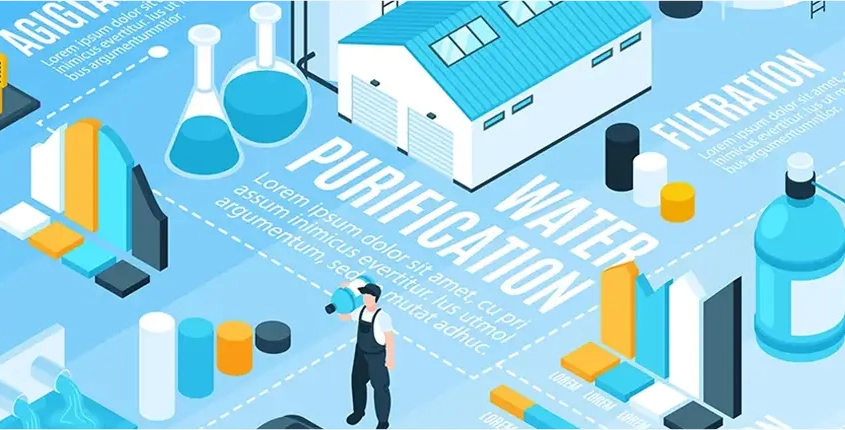UNDERSTANDING REVERSE OSMOSIS AND THE ROLE OF VALVES
Reverse osmosis (RO) water treatment is one of the most effective filtration methods used worldwide. This advanced water purification process uses a semi-permeable membrane to remove dissolved salts, organic matter, and impurities. RO systems are vital in drinking water production, industrial desalination plants, food and beverage manufacturing, and pharmaceutical applications.
Valves are a critical component in any reverse osmosis system. They control water flow, maintain pressure levels, and ensure safe operation. Choosing high-quality RO valves not only improves efficiency but also reduces maintenance costs and downtime.

TYPES OF VALVES USED IN REVERSE OSMOSIS SYSTEMS
In reverse osmosis water treatment systems, valve quality determines operational stability and longevity. Common types include:
- Ball Valves – Provide reliable on/off control with minimal pressure loss. Convalve’s stainless steel and PVC-U ball valves deliver superior sealing and corrosion resistance.
- Butterfly Valves – Suitable for large-diameter pipelines, offering quick shut-off and flow regulation. Convalve butterfly valves excel in seawater desalination projects due to their durable construction.
- Check Valves – Prevent reverse water flow, protecting membranes and pumps. Our check valves are engineered for minimal maintenance and extended service life.
- Pressure Relief Valves – Protect the RO system from dangerous pressure build-ups, ensuring safety and compliance.
Material selection is essential. RO valve materials such as 316L stainless steel, PVC-U, and PVDF resist corrosion from saltwater and chemicals. Convalve uses only certified, high-grade materials for maximum durability.
APPLICATIONS, PROJECT EXAMPLES, AND VALVE SELECTION TIPS
Reverse osmosis valves are tailored to project requirements. Examples include:
- Municipal desalination plants using Convalve butterfly valves to handle thousands of cubic meters of seawater daily.
- Bottled water production lines using hygienic ball valves for accurate flow control.
- Industrial wastewater recycling facilities using Convalve check valves for contamination prevention.
Key factors for selecting RO valves:
- Pressure and Flow Requirements – Must match system specifications.
- Material Compatibility – Resistant to feedwater and cleaning agents.
- Maintenance Accessibility – Easy servicing for reduced downtime.
- Compliance – Meet international safety and performance standards.
With proven success in large-scale water treatment projects, Convalve provides high-quality reverse osmosis valves that ensure long-term performance, reduced operational costs, and reliable operation.